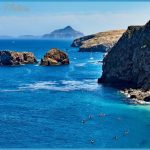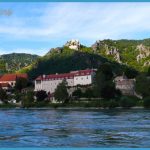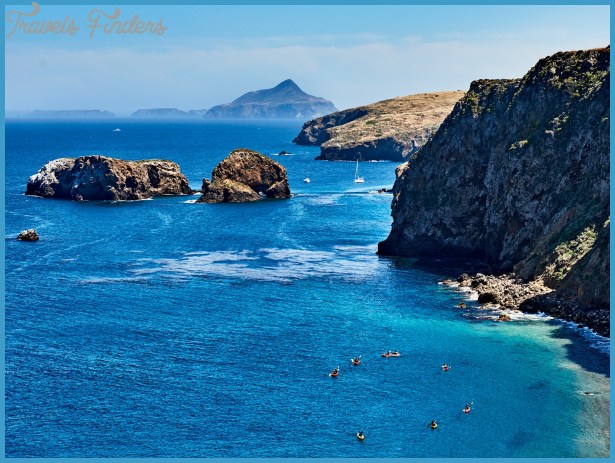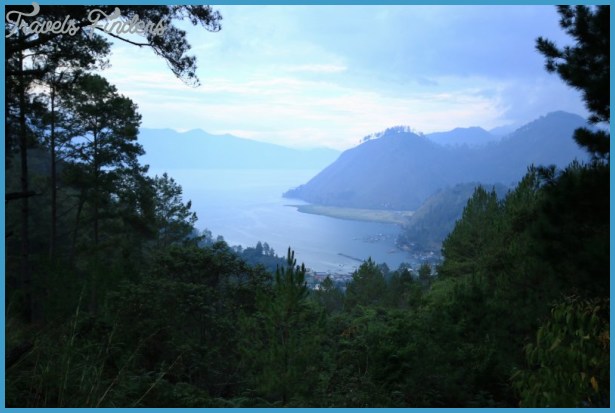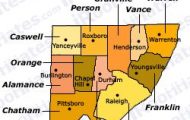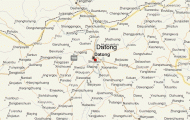The Northeast
Tens of thousands of snow geese overwinter at Pocosin Lakes National Wildlife Refuge.
The northeast section of North Carolina wonderfully blends rich history, spectacular scenery, outdoor recreation, wildlife viewing, shopping, and diverse culture. In was here in the northeast section that Noth Carolina became the first state to sign the Declaration of Independence, declaring its intent to secede from Britain. North Carolina’s first town is in the northeast, and the first time man flew a powered machine, it happened here.
Water characterizes northeast North Carolina. Two major rivers, the Neuse and the Roanoke, flow through the region and empty into vast sounds. Pamlico Sound and Albemarle Sound, along with several smaller sounds, make up the second-largest estuary system in the nation (Chesapeake Bay is the largest). Albemarle Peninsula, which separates Albemarle and Pamlico sounds, provides some of the finest wildlife habitat in the country. Tens of thousands of ducks, geese, swans, and other migratory birds overwinter here or use the land as a stopover along their migration routes. Four national wildlife refuges protect critical habitat for these birds and other wildlife. At Alligator River National Wildlife Refuge, biologists made the first attempts to reintroduce the endangered red wolf into the wild as a self-sustaining population.
For most people, the defining characteristic of northeast North Carolina is the Outer Banks. Barrier islands occur along the entire coastline of the state, but the name Outer Banks refers only to the islands in the northeast and in Cape Lookout National Seashore. These thin ribbons of shifting sand are immensely popular and packed but by visiting during the off-season, you can still find relative solitude. Much of the islands are protected as part of Cape Hatteras National Seashore and Pea Island National Wildlife Refuge.




